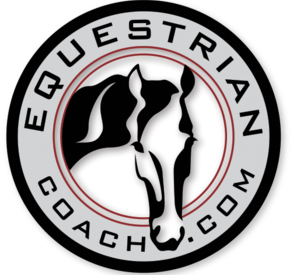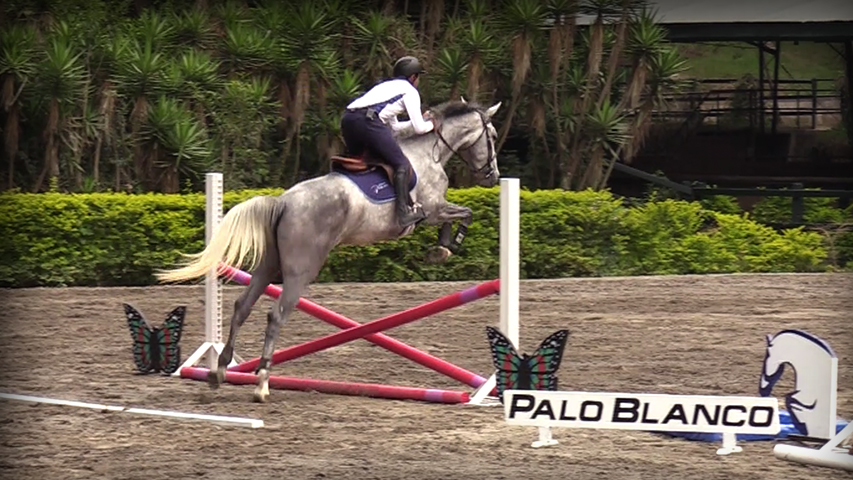Linda Allen
- 14 Feb, 2024
- 0 Comments
- 5 Mins Read
How to Train a Horse for Soundness and Longevity
Submitted by member: Elizabeth
How do you train for soundness and longevity? I have a 2 1/2-year-old that I hope to have for the rest of her life and my number one goal is making sure that I train her on the ground and under saddle to maintain health, soundness, and happiness. I’d love to hear what your experts advise regarding exercises (both on the ground and under saddle) and advice on appropriate age to start under saddle work to ensure a healthy, happy, sound horse. She is bred for jumping and could certainly event–at least at the lower levels.
Answer by: Linda Allen
First, Elizabeth, let me compliment you on taking a long-term approach when it comes to your young mare. All too often horses who should be in their prime years are already suffering from chronic conditions brought on by damage done to immature bodies when they are young.
Maturity, both physical and mental, is a critical component in deciding what a young horse should be asked to do. Genetics plays an important role. Breeds that have been bred for many generations for early maturity–such as Thoroughbreds where the most prized breeding stock comes from horses that peak in their athletic careers at three–tend to mature far earlier than Warmbloods that aren’t even permitted to compete at the highest international levels before their eight-year-old year. Yet every horse is an individual when it comes to how and when they mature.
Research shows that horses’ joints “close” or mature from the bottom up. Joints within the hoof close before birth, while those higher up the leg and within the body have active growth plates much later. Those at the withers often don’t finish the process of converting cartilage to bone until into their sixth year!
Just because they are young doesn’t mean keeping them from being active, however. Horses are meant to run shortly after birth and being active is essential. I hate to see foals and youngsters growing up in stalls with limited chance to run and play. Far the best, though not always possible, is for them to spend their first 3 years out in a field. Preferably with a group of similar age young ones. In my opinion, they grow up the strongest and healthiest this way. They run and play strenuously, but only for short periods followed by lots of moving around constantly but slowly the rest of the time. It’s the best kind of “stress and recovery” program that creates strong bone, tendons, and ligaments. As they grow bigger and heavier, it is like increasing the weights used as a person becomes stronger working out at the gym.
How can you best duplicate this environment if your filly doesn’t have the chance to spend her days and nights growing up in the most natural way?
Be sure she has as much time to be in a large enough area for her to run and play as she chooses, and then to continue to move around for as long as possible. Even strenuous playing is unlikely to cause injury, yet repetitive slow work, especially in a circle, is particularly hard on immature joints. Lunging inflicts uneven stress, no matter how carefully you try to balance both directions. If exercise opportunities are limited, and you have access to a quiet-natured horse to ride, ponying a youngster–especially out on a variety of surfaces–is a far better than lunging.
Unless your horse requires corrective work on her feet, I try to avoid shoes for as long as possible. Remaining barefoot eliminates the need for boots or other protection when they are turned out or exercising, and promotes wider heels and better feet in general in my experience.
Another mistake is allowing younger horses to carry too much body weight. We like the look of nice plump, round horses but the extra pounds only adds stress. I’ve found that the horses we are most likely to do too much with are those that LOOK big and strong at a young age. We’re fooled by their appearance into thinking they are more mature than they are. This type is far more likely to be the one dealing with chronic arthritic issues at too early an age, even though they often appear fine when younger. Keep in mind, it is the repetitive and continued moderate stress that does the most damage in the long run. And this goes double for the tall and big-bodied youngster.
I haven’t mentioned under saddle work for the simple reason that I’ve found the vast majority of Warmbloods do best when mounted work doesn’t begin until they are fully three and a half. It takes patience to wait, but extra time to grow up naturally and just “being a horse” serves them well the rest of their lives.
The most difficult thing when training young horses is avoiding the “because they seem ABLE do more, they SHOULD BE doing it” temptation. It is the nicest youngsters that are the easiest to ruin in this way. The smarter and more talented they are, the quicker they get bored by repetition of things they find easy. Boredom all too often leads to irritation and resistance. Once they are working under saddle, a good plan is alternating short periods of work with longer breaks to relax. This applies to individual training sessions as well as a plan for the entire year for 4 through 6-year-olds. Each year the portion of their time “in work” gets higher as they mature physically and mentally. Horses forget nothing during their breaks and return to training with a fresh and eager attitude that will make training a pleasure for both of you.
– Linda Allen
Video Recommendations:
First Jumps Under Saddle Part 1 & 2
Linda Allen
Linda Allen, FEI & USEF Judge and Olympic Course Designer, introduces Palo Blanco bred 4-year-old Warmbloods to their first jumps. All Palo Blanco horses get their first experiences under saddle with Jose Alejos and then gain further confidence and miles with the professional riding staff at this beautiful Guatemalan breeding farm. In this topic we get to see their first jumps under saddle incorporating poles with small obstacles in a series of Linda’s exercises that instill courage, foster trust with their riders and keep their new job as sport horses interesting.
Have Something You Want to Ask Our Panel of Experts?
Ask The Experts is the ultimate way to get help from the top professionals in the equestrian industry without leaving the comfort of your home. This service is available to Monthly, Annual, and Lifetime Members of EquestrianCoach.com.

